Alright, so you’re shopping for jewellery — maybe a cute ring stack, a clean chain, or something lowkey that still hits. You’re vibing with the look, but suddenly you see terms like “sterling silver,” “925 silver,” or just plain “silver”, and you’re like... wait, what’s the difference?
If you’ve ever googled "sterling silver vs silver" or asked "what is the difference between silver and sterling silver?", you’re not alone. It’s confusing out here. But don’t stress — we’re about to clear it all up so you can shop smart and avoid getting played.
So... What Even Is Sterling Silver?
Start with the basics. Sterling silver is 92.5% pure silver, mixed with a small (7.5%) of other metals - usually copper - to strengthen it. It literally means what 92.5 sterling silver means. This is not some random number; It is a secret chutney that prevents your jewellery from bending or breaking every time you wear it.
And yeah, it’s real silver. The “925” stamp you’ll see on pieces? That’s just the street name for sterling. It means it’s solid, quality, and made to last — not some fake knockoff that flakes off after one brunch date.
Sterling Silver vs Silver: Not the Same Thing
Okay, this one gets messy. A lot of stuff gets labelled “silver”, but here’s the deal — not everything that looks silver is actually silver. That’s why knowing the difference between silver and sterling silver matters.
Real silver — aka fine silver — is 99.9% pure. But it’s super soft and honestly not great for daily wear. It dents, bends, and scratches fast. Sterling silver (a.k.a. 925 silver) mixes in just enough copper to keep it strong without losing the shine. So if you’re trying to wear your pieces on the regular, sterling silver > silver, hands down.
Anything labeled just “silver” with no 925 stamp? It might be silver-plated, or worse — not even silver at all. Don’t fall for that.
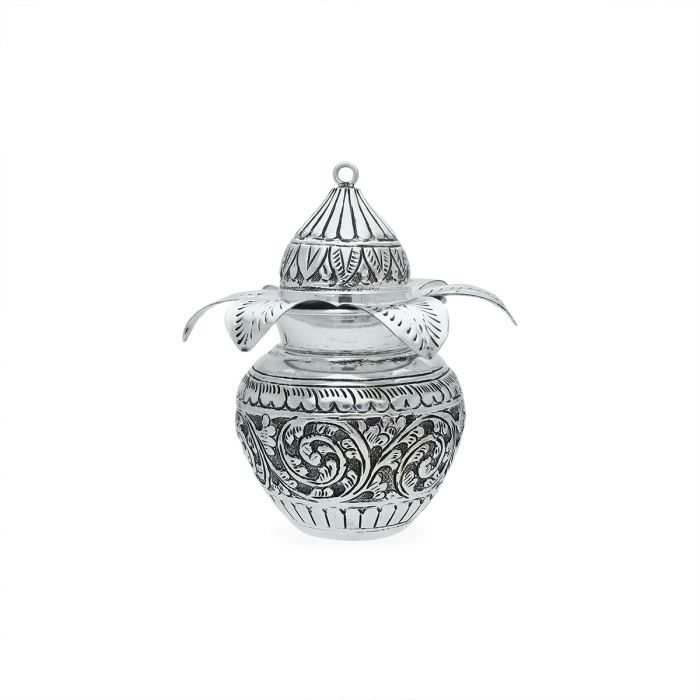
Visit: Kalasam Chembu Silver
How Many Types of Silver Are Out There?
More than you think — and not all of them are worth your money. If you’re wondering how many types of silver exist, here’s the lowdown:
- Fine silver (99.9%) — pretty, but soft .
- Sterling silver (92.5%) — strong, wearable, and the standard for quality.
- Argentium silver — a newer version of sterling that’s a little more tarnish-resistant.
- Silver-plated — fake vibes. Just a thin layer of silver over cheap metal.
- Nickel or German silver — spoiler: literally no silver in it. Major red flag.
If you're building your collection, focus on types of silver jewellery that actually last — and that’s sterling.
Is 925 Silver Legit?
Yup, 100%. 925 sterling silver is real silver, no cap. The number tells you it’s 92.5% pure silver, which is the sweet spot for everyday wear. If you see 925 stamped on a piece, you can chill — it’s not fake.
But heads up: stuff labelled “silver-tone” or “nickel silver” might sound legit, but they’re usually just shiny impostors. And if it’s super cheap with no info on the metal? Yeah, probably not the one.
How Does Sterling Silver Stack Up Against Other Metals?
Let’s compare. Because while sterling silver is a solid choice, it’s not the only metal in the game.
Gold is obviously a classic, but let’s be real — it’s pricey. If you want that luxe look without leaving your entire salary, the sterling silver is a vibe. It is still a precious metal, it still glows, and it is suited to a more wallet.
Stainless steel is strong and low maintenance, but it gives more than a cool, industrial form. And when it is not tarnished, it is not the same value or heat that silver does. This is just… Okay.
Silver jewellery Collection may already look cute, but it wears rapidly and usually reveals a crusty base metal below. On the other hand, sterling silver keeps that clean, fresh shine for years - until you take care of it.
Silver-plated jewellery might look cute at first, but it wears off fast and usually reveals a crusty base metal underneath. Sterling silver, on the other hand, keeps that clean, fresh shine for years — as long as you take care of it.

Visit: Original Silver Anklets for Baby Boy
Does Sterling Silver Tarnish?
Yes, it does - but no one is big. The stigma is just when silver reacts with air and moisture. It is not permanent and does not mean that your jewellery is ruined. Think of it as silver that just need to be a little refreshed.
You can slow down the tarnish by storing your pieces in airtight bags, leaving straight perfume and lotion on your skin and by removing your ornaments before swimming. And funny facts: Wearing your sterling silver often actually helps prevent stigma. Natural oil of your skin keeps it clean.Win-win.
Final Thoughts: What Should You Choose?
If you want jewellery that looks good, lasts long, and won’t wreck your budget, sterling silver is the move. It’s real, it’s reliable, and it fits any vibe — from minimalist rings to full glam chains.
Now that you know the deal with sterling silver vs silver, what 92.5 sterling silver means, and how to tell the types of silver jewellery online apart, you’re officially clued in. No more falling for fake shine. No more mystery metals.
Just clean, timeless pieces that hit every time you wear them.
FAQs – Real Questions, Real Talk
1) Is 925 silver fake?
No way. 925 is the real sterling silver, which is made with 92.5% pure silver. If it is marked as 925, you are good.
2) Will sterling silver beat my skin?
Rarely, and only if your skin reacts with copper in a chemical alloy. It is harmless and usually avoidable with a quick clean.
3) Is Sterling Silver Better than Silver-Plated?
Absolutely. Plated jewellery is a silver layer above some cheap metal. Sterling silver is constructed to solidify, real and last.
4) Can I wear sterling silver in the shower?
You can, but it’s not the best idea. Water and products speed up tarnishing. Take it off to keep it looking fresh.
5) How do I know if it’s real sterling silver?
Look for a “925” stamp. If it’s not stamped or labeled clearly, it’s probably not real sterling.




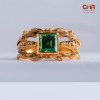
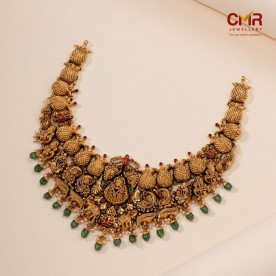
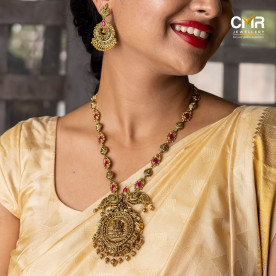
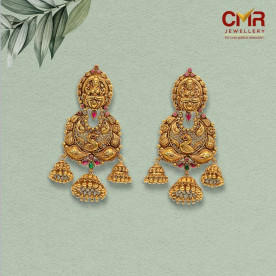


Validate your login
Sign In
Create New Account